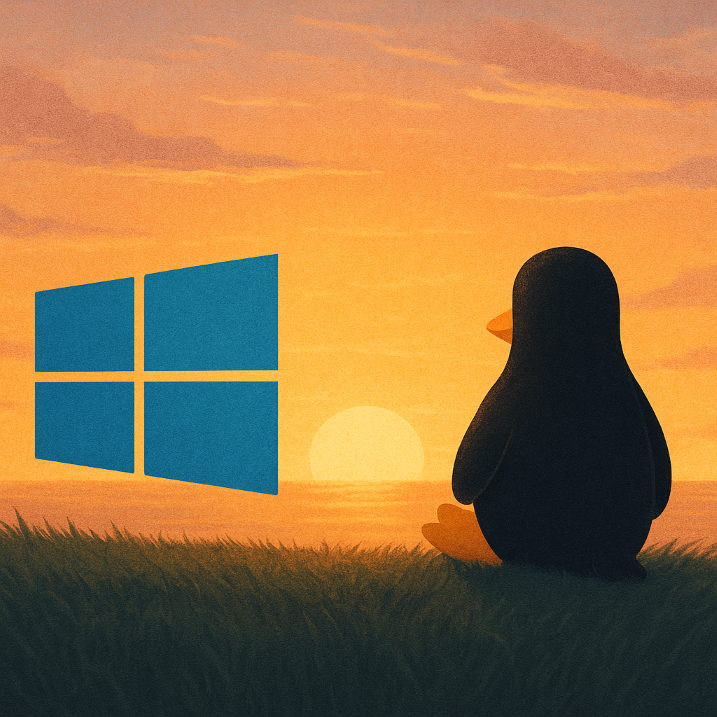When Windows Wakes Up One Day and Realizes It’s Actually Unix

It might sound like science fiction today, but the idea of Windows running on a Unix kernel in the future isn’t as far-fetched as it once was. The tech landscape is constantly evolving, and Microsoft has already taken significant steps toward deeper integration with Unix-like systems. With the rise of Windows Subsystem for Linux (WSL), which allows Linux distributions to run natively on Windows, Microsoft has shown a surprising openness to Unix-based technologies. This trend reflects a broader industry shift toward open-source platforms and increased interoperability between traditionally competing ecosystems.
One driving force behind this potential evolution is the technical superiority and stability of the Unix architecture. Unix and its derivatives (like Linux and macOS) are known for their robustness, security, and scalability. These qualities are crucial in cloud computing, server environments, and mobile platforms, domains where Unix-based systems dominate. Windows, historically more vulnerable and resource-heavy, might benefit from a Unix foundation, especially in an era where lean, efficient, and secure systems are prioritized.
Another key factor is Microsoft’s pivot toward a services and cloud-based business model. With Azure now supporting Linux virtual machines more than Windows ones, Microsoft’s own cloud data shows a shift in demand. Supporting and possibly even porting Windows to run on a Unix or Linux kernel would streamline development and enhance compatibility in hybrid cloud environments. In fact, over 60% of images running on Azure are Linux-based as of recent reports, an undeniable signal of where the future is headed.
History has shown that pragmatism often wins in tech. Apple made a similar shift when it moved macOS to a Unix-based Darwin core in the early 2000s, leading to increased performance, developer support, and cross-platform synergy. If Microsoft continues on its path of embracing open-source and prioritizing cross-platform development, it’s plausible, if not likely, that a future version of Windows could run atop a Unix kernel. It wouldn’t be a defeat of Windows ideology, but rather an evolution into a modern, versatile operating system aligned with current and future demands.